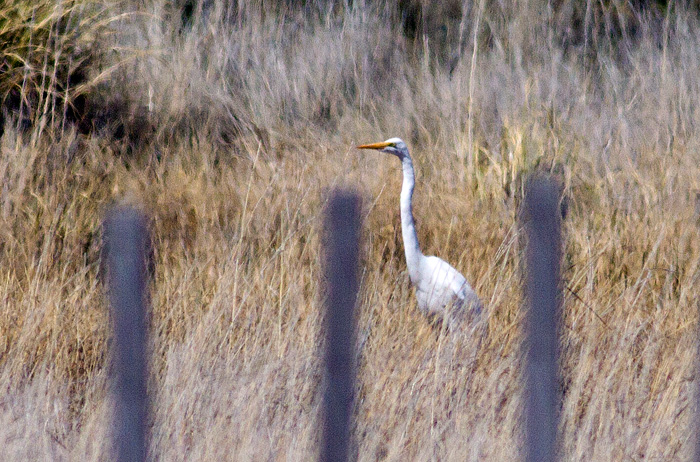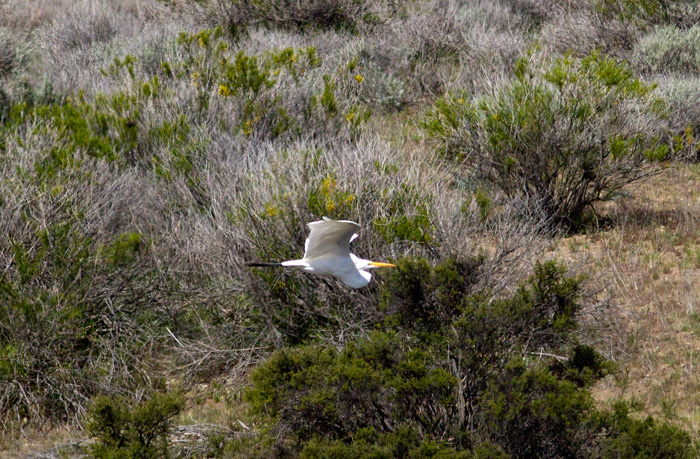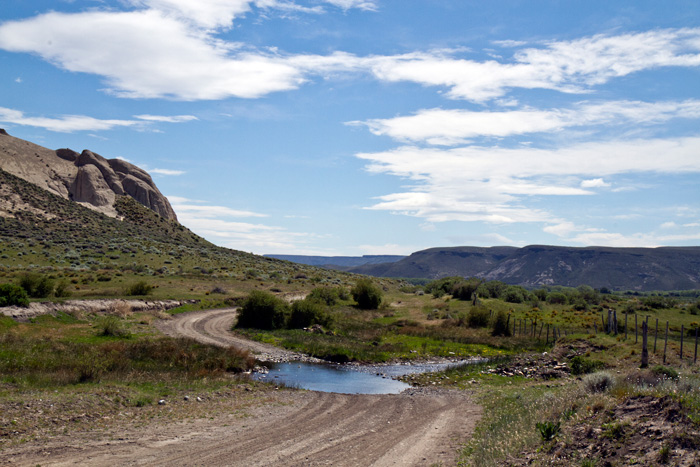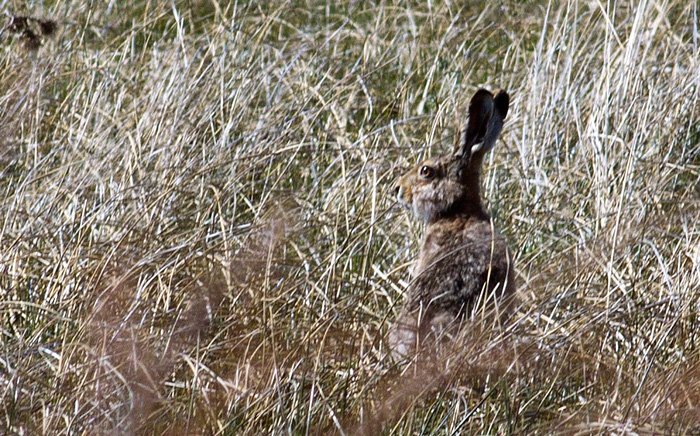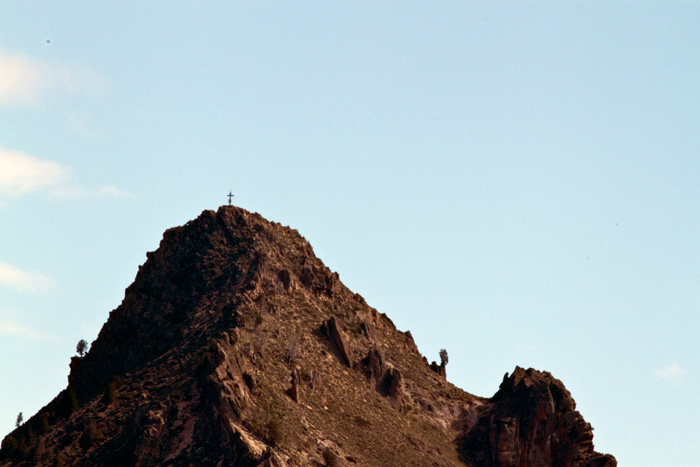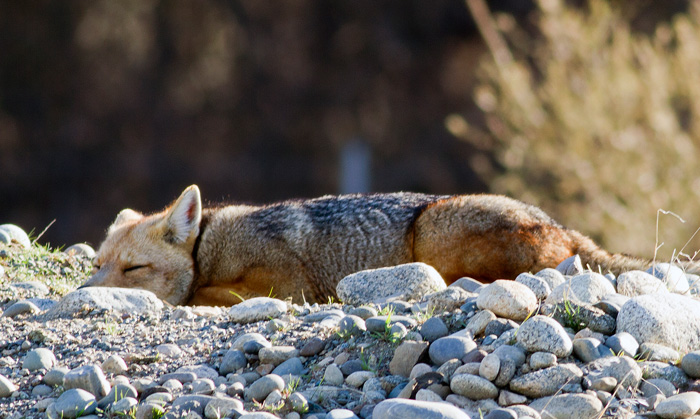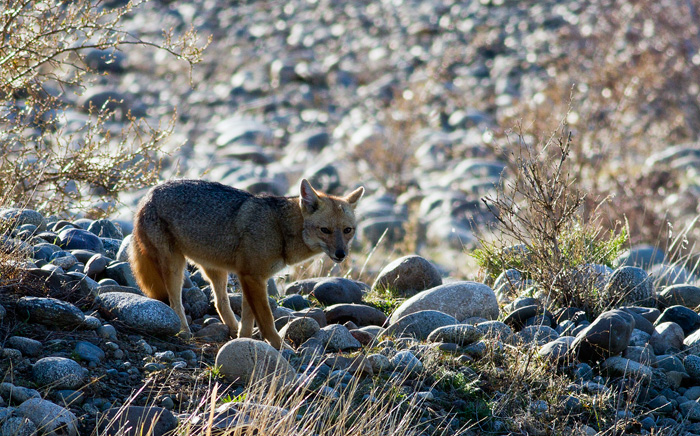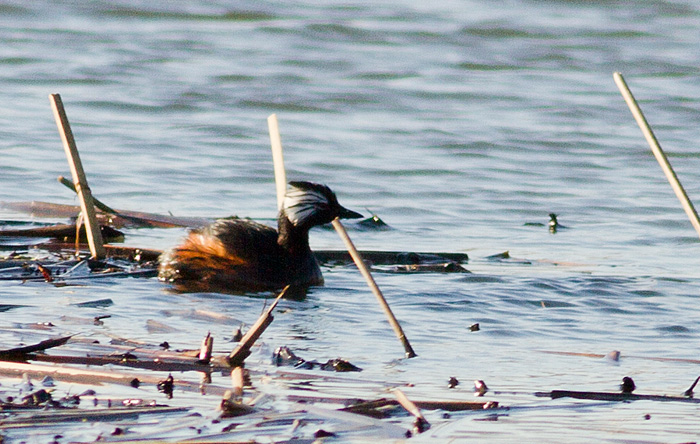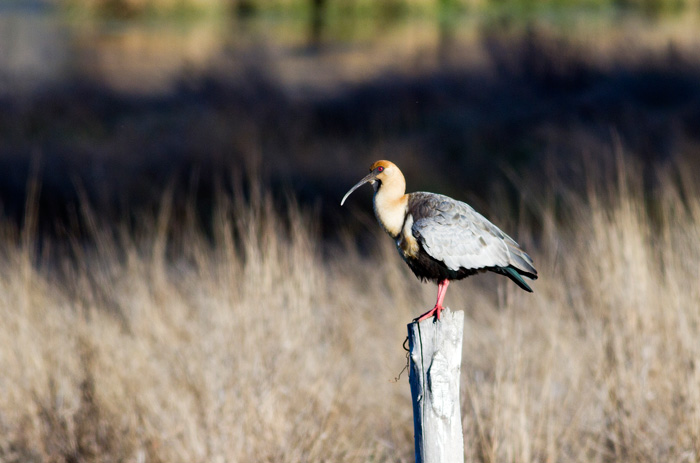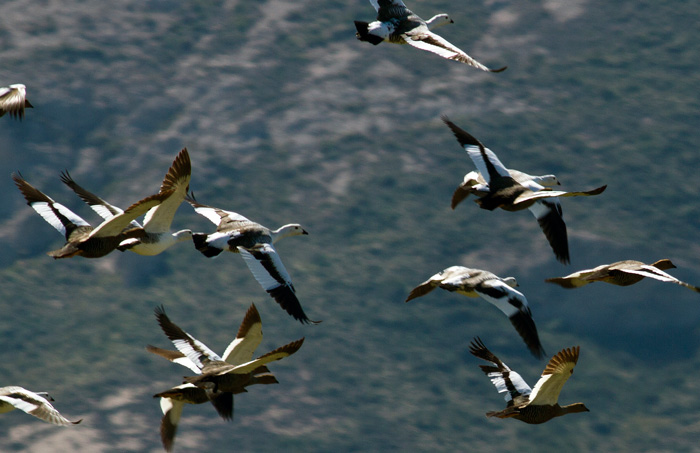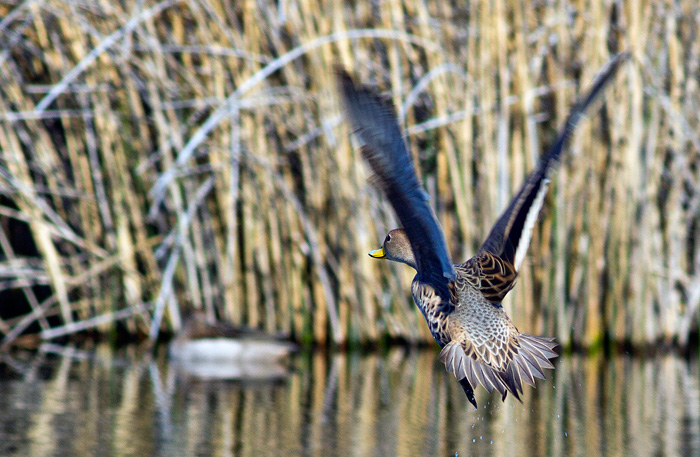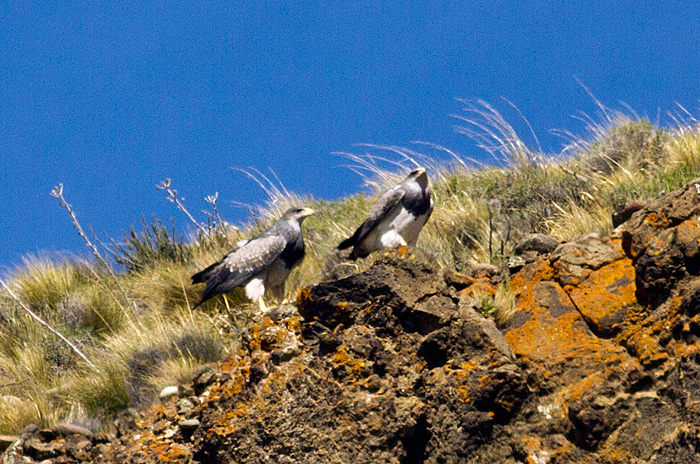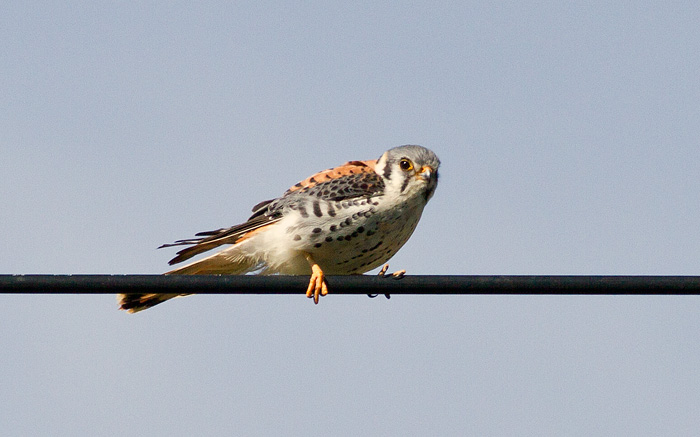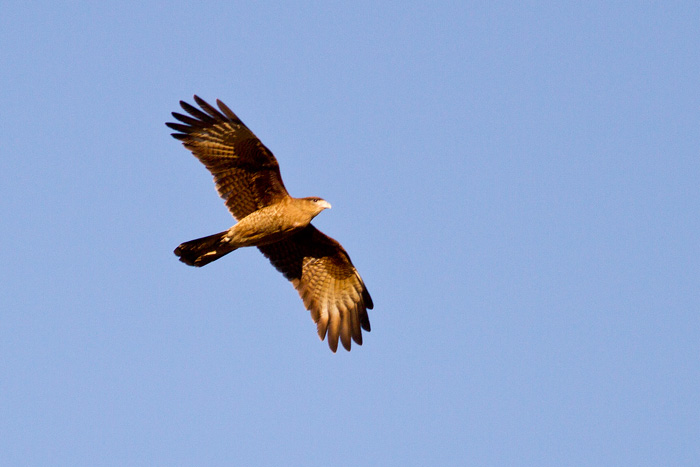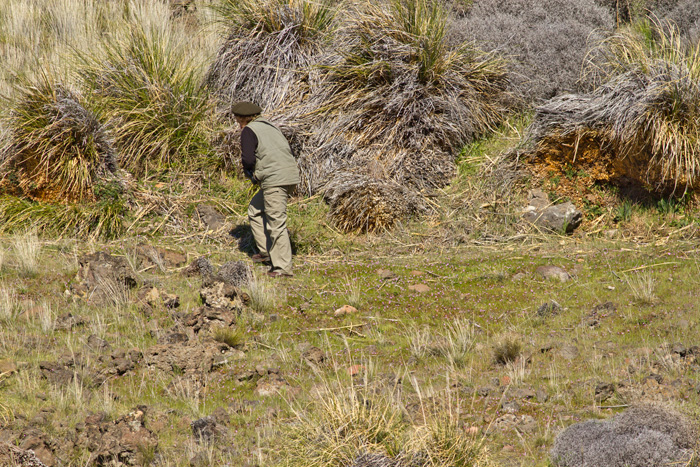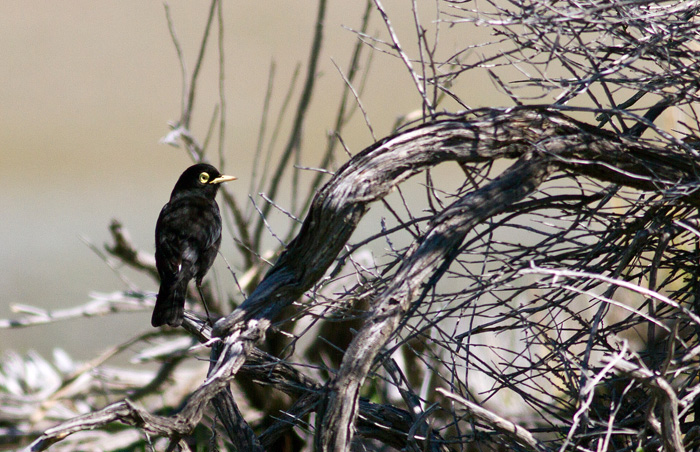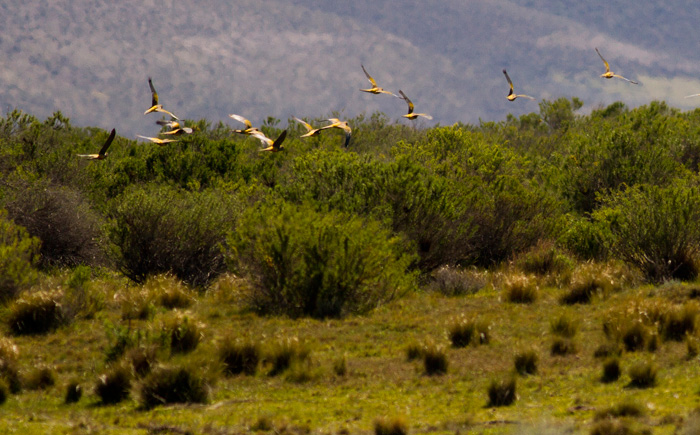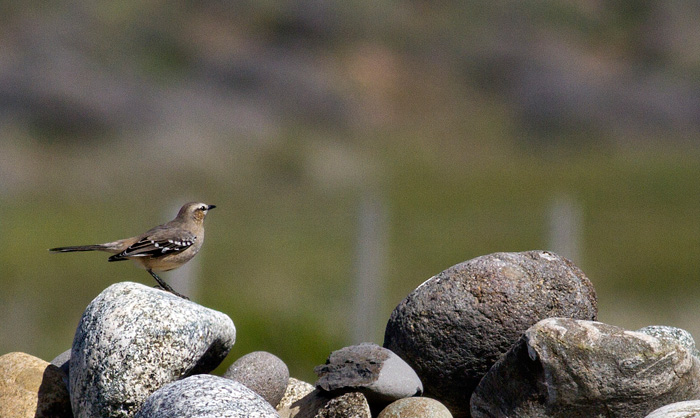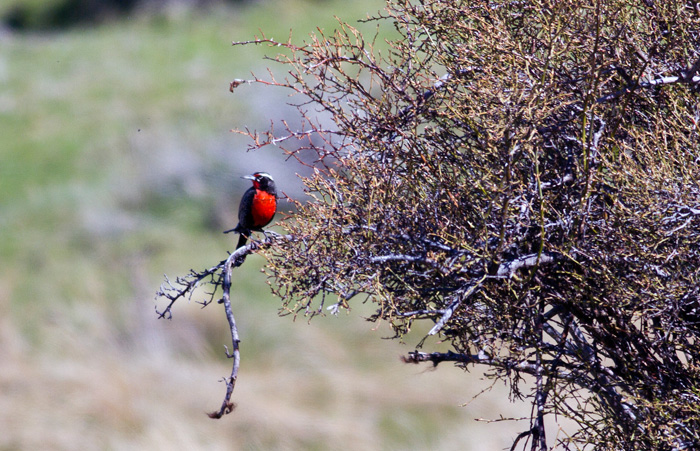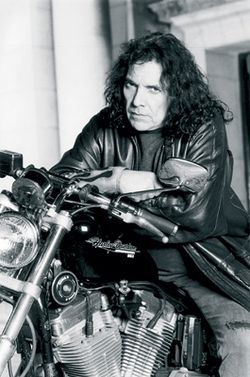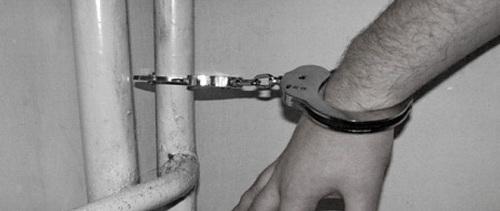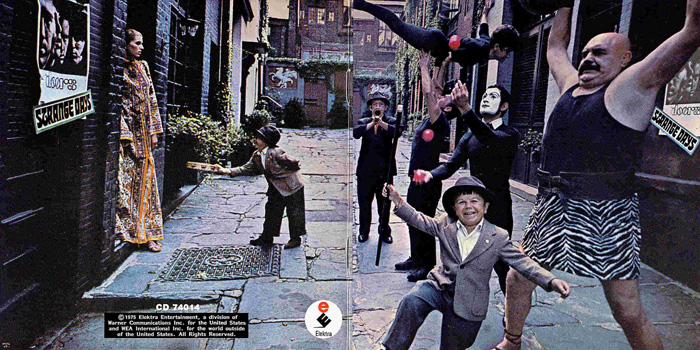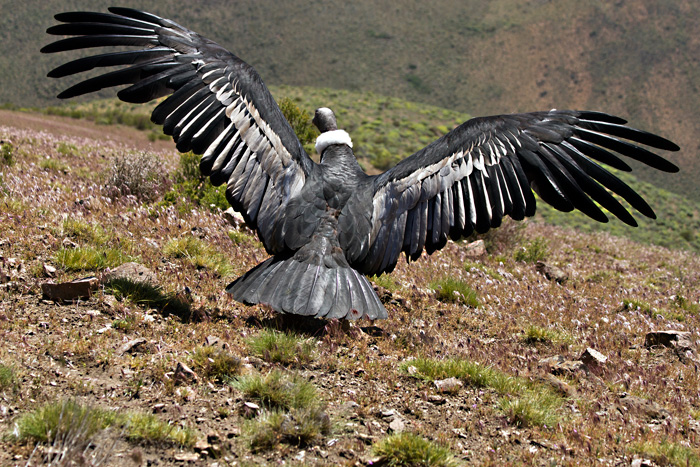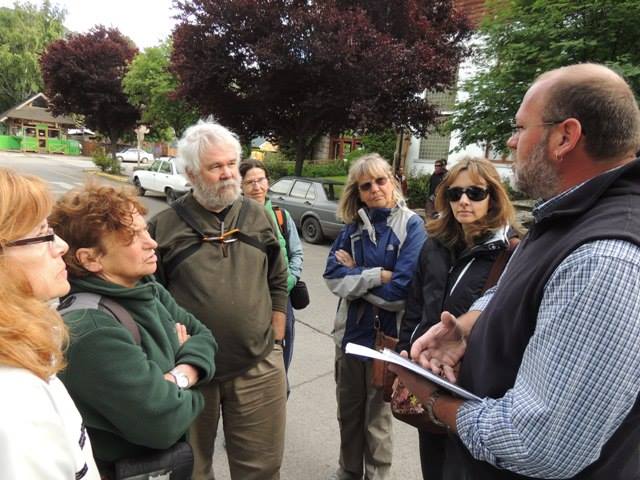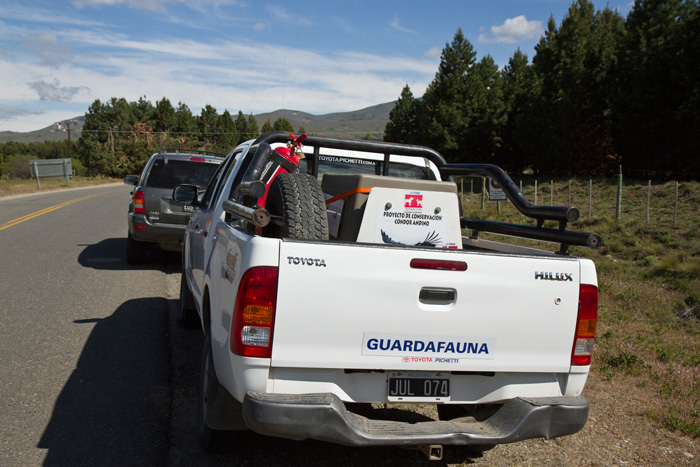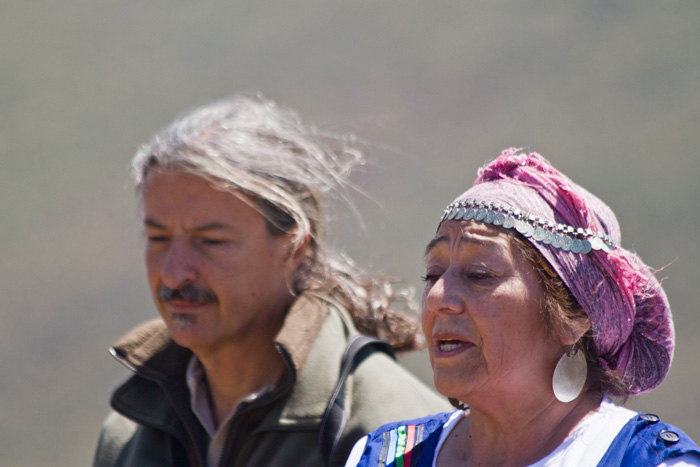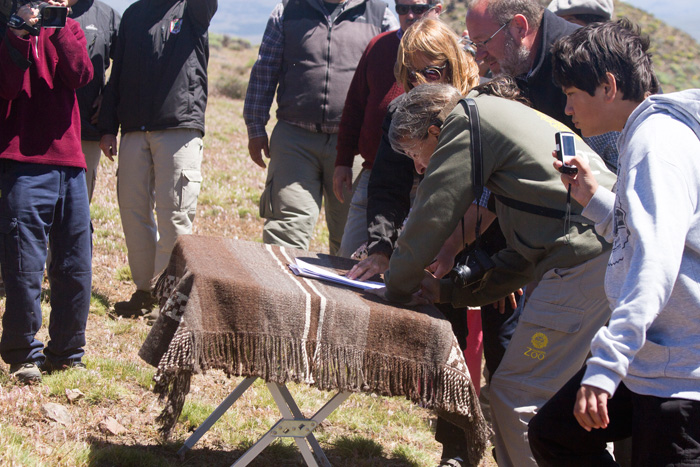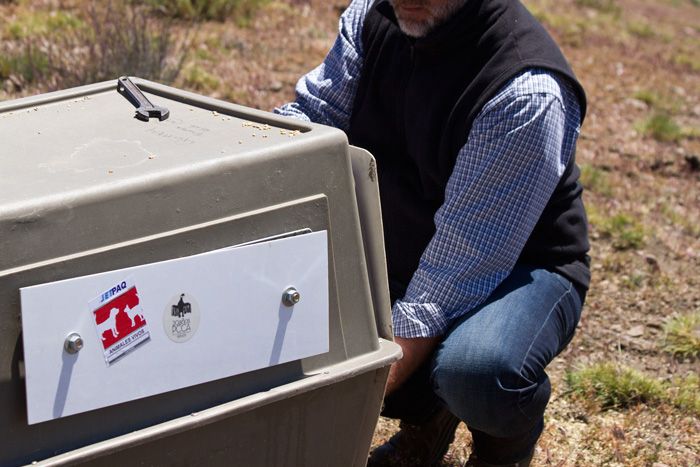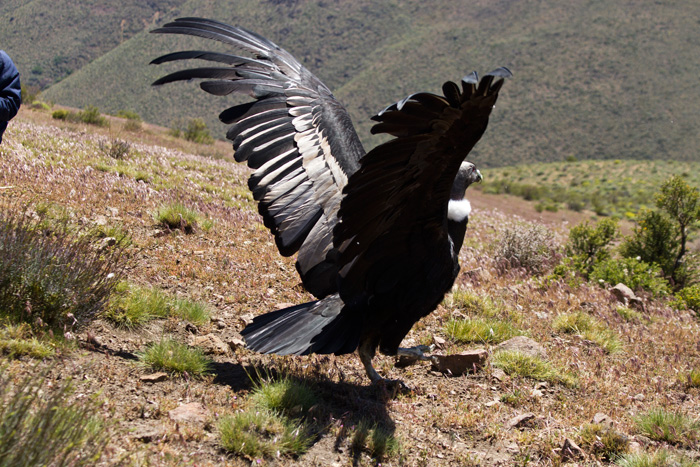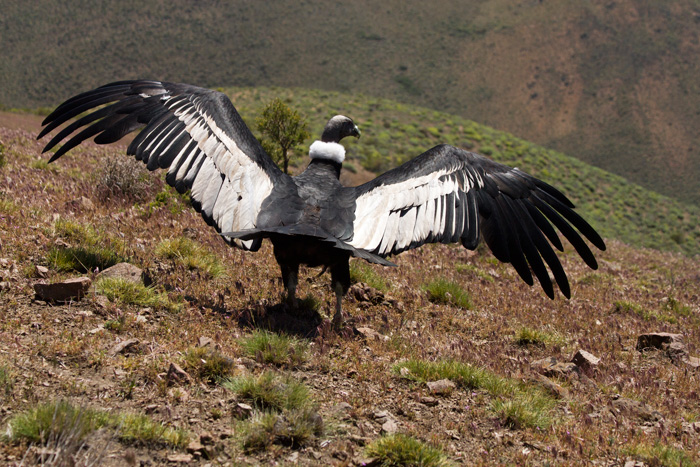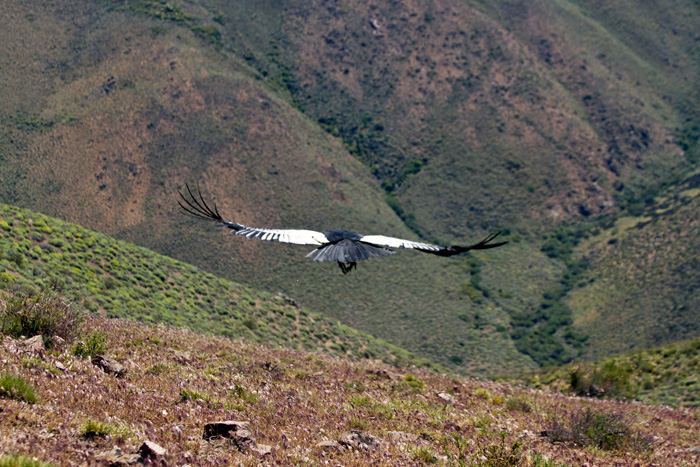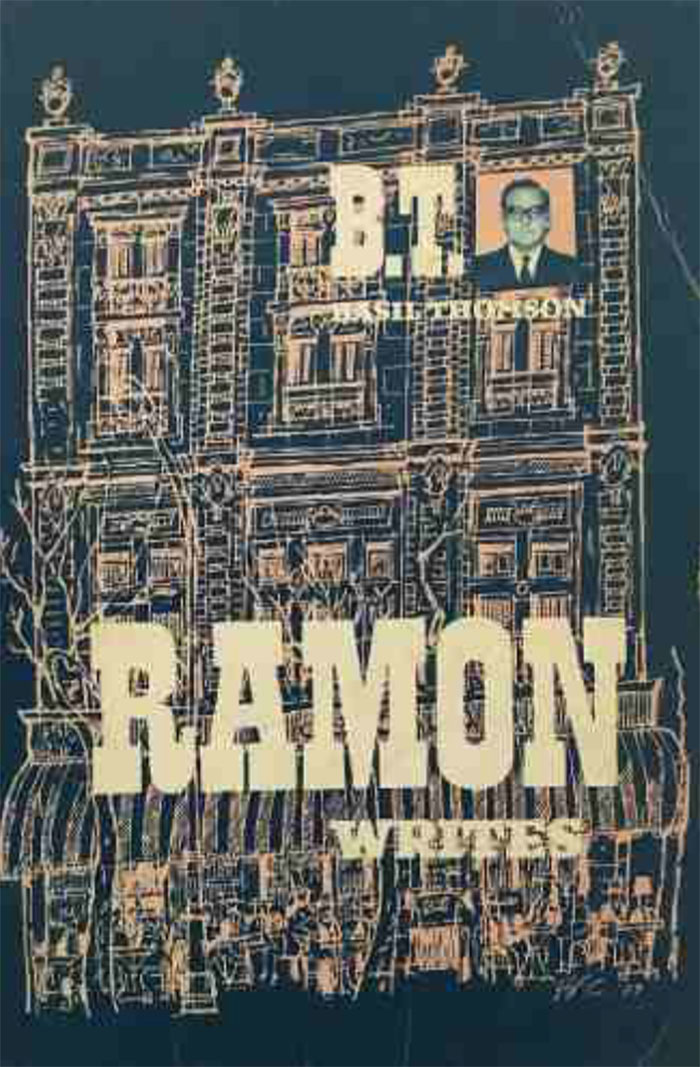Click on photos for slide show, or scroll down to read the commentary.
On Saturday 27th September I set out early (07.00) with my good friend Scarlett Eastman, bound for the Collón Curá valley. The weather looked a bit iffy: cold, wet and cloudy, but the sun was trying to break through to the north and east, which is where we were heading. We decided to take a chance, and it was the right decision. Here is a map of the trip – we came back the same way.
As you can see, our first stop (‘2’ on map) was just after Junín de los Andés before starting the climb up to La Rinconada. Here there is a lagoon on one side of the road and some promising wetlands and general vegetation on the other. Always a good place for a stop, it was not so productive as in other days but we did see:
FAMILIA ANATIDAE
1. Cauquén Común (Chloephaga picta), Eng. Upland or Magellan Goose 1 pair
2. Pato Maicero (Anas georgica), Eng. Speckled Teal ± 5birds
3. Pato Barcino (Anas flavirostris), Eng. Yellow-billed (Brown) Pintail ± 4 birds
FAMILIA FALCONIDAE
4. Carancho (Caracara plancus), Eng. Southern Caracara 1 bird
5. Chimango (Milvago chimango), Eng. Chimango Caracara many birds
It was still too early for photographs, at least for a 5.6 lens. Note that in this post I’ve only listed birds once, in order of appearance, although some species we kept seeing throughout the day. The numbers were not very accurately recorded, but may help as a general indicator.
Our next stop was at the Condor Observation Platform (‘3’ on map), near the Estancia Huechahué, not far from the La Rinconada bridge. It was wet, miserable even, but we had a hot drink and set off on foot. We were lucky enough to see condors wheeling in the sky, flying around the top and side of the mountain above us (when the rain and sleet cleared enough, that is). The light was still poor but we managed a few long distance shots here.
FAMILIA CATHARTIDAE
6. Condor (Vultur gryphus), Eng. Condor
When the weather permitted we walked around the area a little, and saw a number of other species. Some photos below: I’ll abandon families for a while.
7.Tordo Renegrido (Molothrus bonariensis), Eng. Shiny cowbird 1 male.
8. Diuca (Diuca diuca), Eng. Diuca Finch Lots of these were singing their hearts out!
9. Loica (Sturnella loyca), Eng. Long-Tailed Meadow-lark. These were everywhere, in large numbers.
10. Chingolo (Zonotrichia capensis), Eng. Rufous-collared sparrow (2 seen)
11. Pico de Plata (Himenops perspicillata), Eng. Spectacled tyrant. We saw several males and just one female.
12. Bandurrita Común (Upucerthia dumetaria), Eng. Scale-throated Earthcreeper13. Caminera Común (Geositta cunicularia), Eng. Common Miner 5 birds seen
14. Loro Barranquero (Cyanoliseus patagonus), Eng. Burrowing parakeet One bird flew overhead, curiously alone.
15. Ratona (Troglodytes aedon), Eng. House Wren We could hear so many down by the creek and saw one or two.
16. Zorzal (Turdus falklandii), Eng. Austral Thrush In very large numbers.
17. Rayadito (Aphrastura spinicauda), Eng. Thorn tailed Rayadito
Our next stop was the bridge across the Collón Curá river at La Rinconada (‘4’ on map), where we parked up and explored the northern shore of the further bride of the bridge. This was a very productive area and produced our ‘best of the day’ (see below). We have made a note to return on our next trip this way.
Birds we saw here included:
18. Golondrina Patagónica (Tachycineta leucopyga, Eng. Chilean Swallow
19. Golondrina Barranquera (Pygochelidon cyanoleuca), Eng. Blue-and-white swallow
20. Halconcito Colorado (Falco sparverius), Eng. American Kestrel We saw a pair here, but saw plenty more elsewhere.
21. Gavilán Mixto (Parabuteo unicinctus), Eng. Bay-winged Hawk. We nearly missed this, dismissing it as a (flying) chimango, but something about the under wing colour sent out a warning and we followed it to a perching post, fortunately not too far away. A beautiful bird, first time for me and not commonly seen around here, so very happy.
22. FAMILIA PHASIANIDAE – Codorniz de California (Callipepla californica), Eng. California Quail. We heard this (from a distance), a strange noise, and found this male hiding deep in bushes. I tried to coax him out, but he went invisible so this is all the record I have.
23. Gaucho Común (Agriornis micropterus), Eng. Grey-bellied Shrike-Tyrant. We saw 1 only of these.
Jote Cabeza Colorada (Cathartes aura), Eng. Turkey Vulture
Jote Cabeza Negra – (Coragyps atratus), Eng. Black vulture 1
Moving on, we found a track down to the Collón Curá river (‘5’ on map), frequented by fishermen and picnickers. A good place to attack the cold beer and sandwiches we had brought.
A good place for birding too. Here we saw:26. Familia ICTERIDAE – Varillero Ala Amarilla (Agelaius thilius), Eng. Yellow-winged blackbird. We saw both males and females. Not a very good photo, here just for the record and at least the yellow wing marking can be clearly seen in the male.
27. Familia Tyrannidae – Sobrepuesto (Lessonia rufa), Eng. Austral Negrito. We saw males only.
28. Remolinera Común (Cinclodes fuscus), Eng. Common cinclodes. No shortage of these pretty birds.
29. Cisne Cuello Negro (Cygnus melancoryphus), Eng. Black-necked swan. We only saw two here, but saw other swans at distance which might have included Coscoroba, but we can’t be sure.
Our final stop (‘6’ on map) was at the Estancia Collón Curá, a wonderful place owned by Ted Turner and developed to international birding site standards, with maintained wetlands and reed beds in addition to the natural river and steppe environments. A superb birding place, not open to the public but we were fortunate enough to have an introduction. Here we saw many of the species we had already been that day and also:
30. Pato Overo (Anas sibilatrix), Eng. Chiloe (Southern) Wigeon
31. Pato Zambullidor Gde. (Oxyura ferruginea), Eng. Andean (Ruddy-)Duck 4
32. Martín Pescador Grande (Megaceryle torquata), Eng. Ringed Kingfisher passed flying overhead on the lagoon
33. Junquero (Phleocryptes melanops), Eng. Wren-like Rushbird. Heard many, saw none.
34. Tachurí sietecolores (Tachuris rubrigastra), Eng. Many-colored Rush-Tyrant. 1, in the reed beds.
36. Garza Blanca (Ardea alba), Eng. Great Egret. 1 – standing and then flying.
37. Torcaza (Zenaida auriculata), Eng. Eared dove. 1 seen at the gate on leaving the Estancia
38. Biguá (Phalacrocorax brasilianus), Eng. Neo-tropic Cormorant. 1 seen skimming over the surface of the lagoon.
On the way home we had the biggest setback of the day. After joking all day about how nice it would be to find an Aguila Mora (Black-chested Buzzard-Eagle) perched on a roadside post the unimaginable actually happened. Everything was wonderful: we stopped the car, with an adolescent male perched some twenty metres away awaiting his father, who was circling closely overhead. I shot some of the best photos ever. At least, I would have done if I hadn’t knocked the camera and changed the settings, resulting in such over-exposed photos that they were useless. There’ll be another day, but it was disheartening for a couple of minutes.
Between Junín and San Martín de los Andes we saw:
39. Águila Mora (Geranoetus melanoleucus), Eng. Black-chested Buzzard-Eagle 1 adult flying, 1 juvenile on a roadside post.
40. Milano Blanco (Elanus leucuru), Eng. White-tailed Kite. Seen between Chapelco airport and Loma Atravesada de Taylor.
All in all, we had a great day. Nine hours birding, in which we covered some 240 kms, got wet, cold, hot and bothered, and consumed quantities of hot tea, cold beer and sandwiches. We got back to San Martín just in time for a talk on ‘Culture’ in birds, given by the well known ornithologist Roberto Ares. If interested, you can see some of his fascinating work in a series of short video clips on Youtube (Spanish only, but much is self explanatory through the visuals).

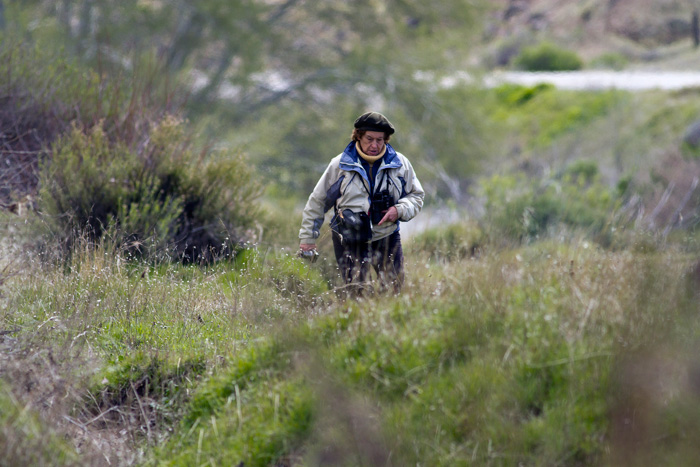
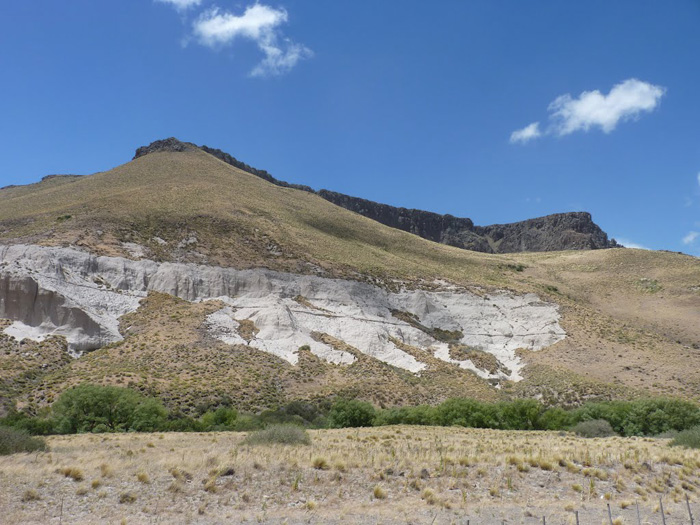
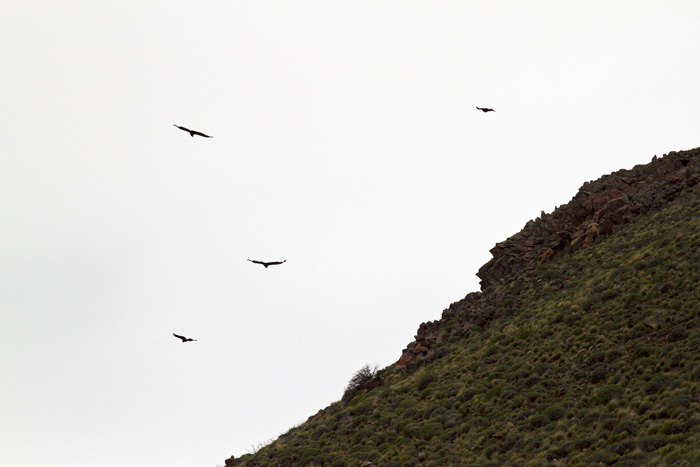
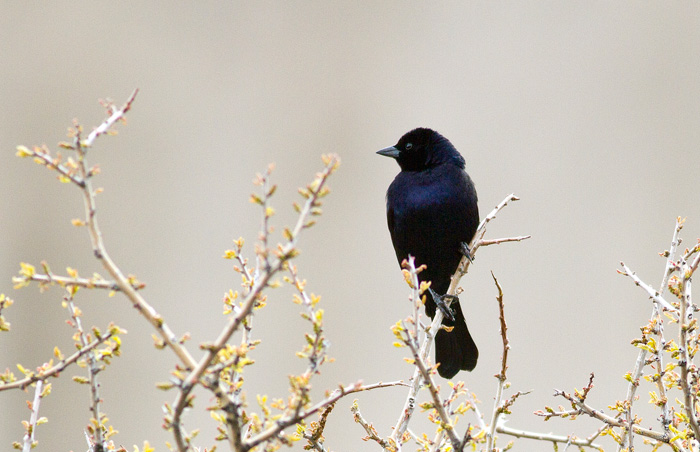
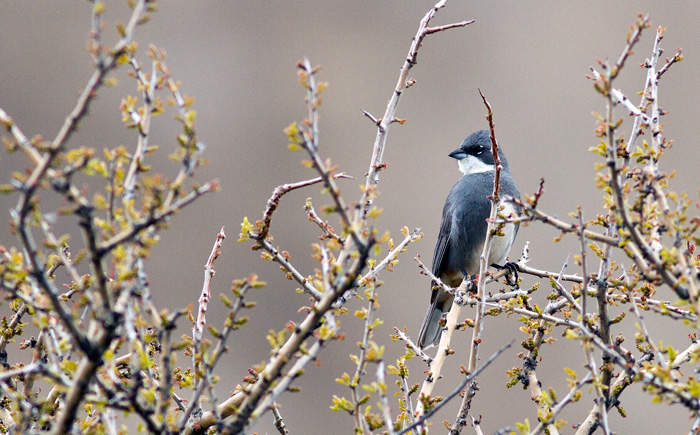
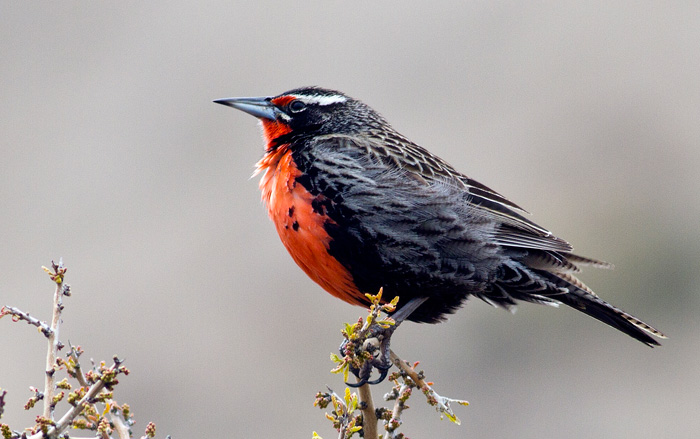
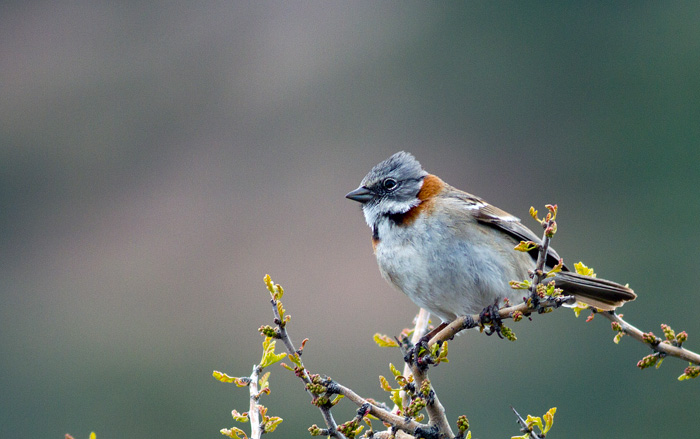
![A nearby creek for investigation [photo — Scarlett Eastman] A nearby creek for investigation [photo — Scarlett Eastman]](https://www.eayrs.com/blog/wp-content/uploads/2014/09/Rainy-CollonCura-0021.jpg)
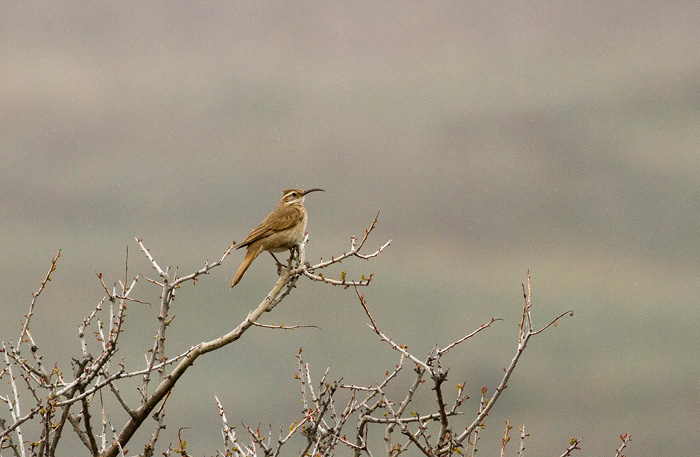
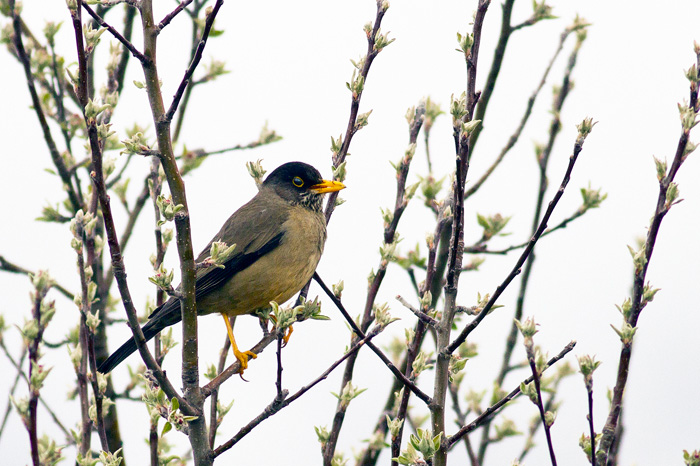
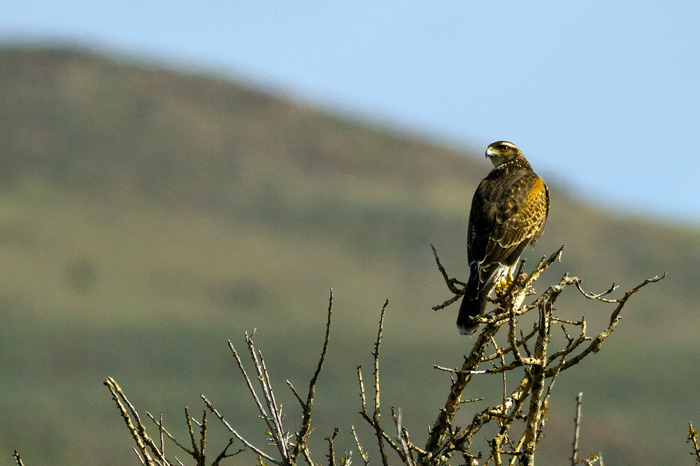
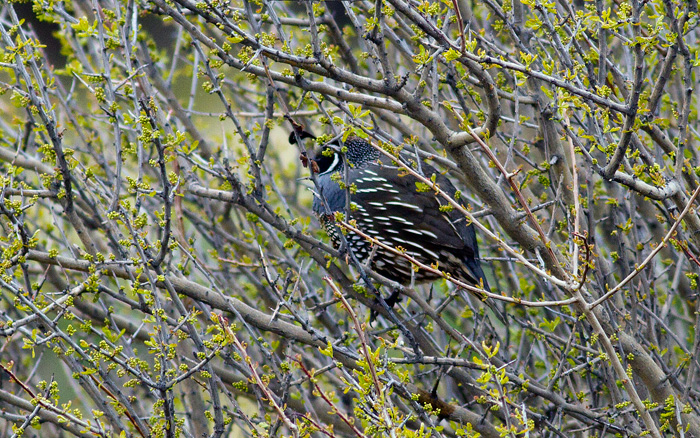
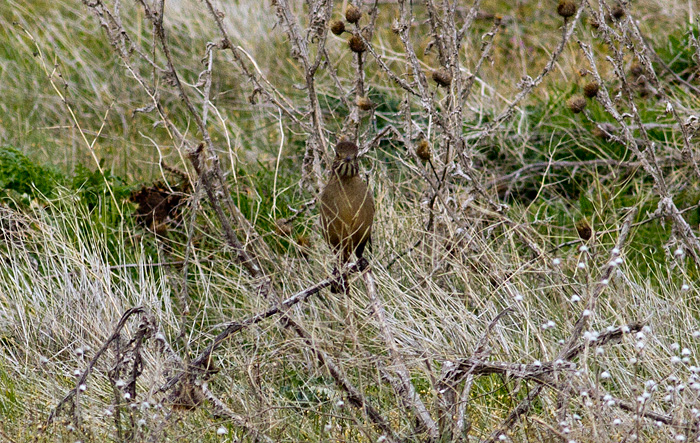
![Jeep parked up by river side at Fisherman’s ‘bajada’ [photo — Scarlett Eastman] Jeep parked up by river side at Fisherman’s ‘bajada’ [photo — Scarlett Eastman]](https://www.eayrs.com/blog/wp-content/uploads/2014/09/Rainy-CollonCura-0731.jpg)
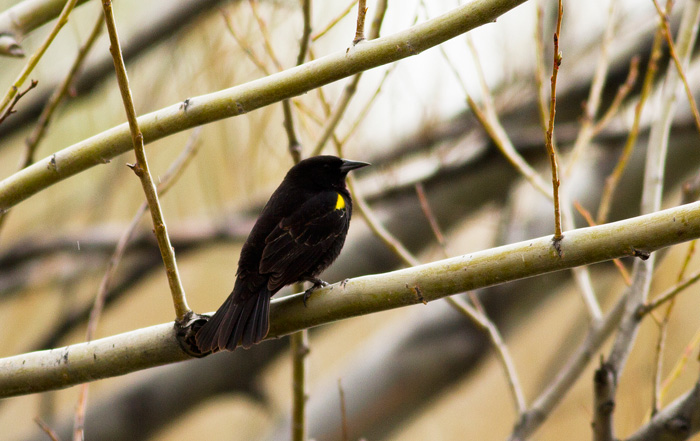
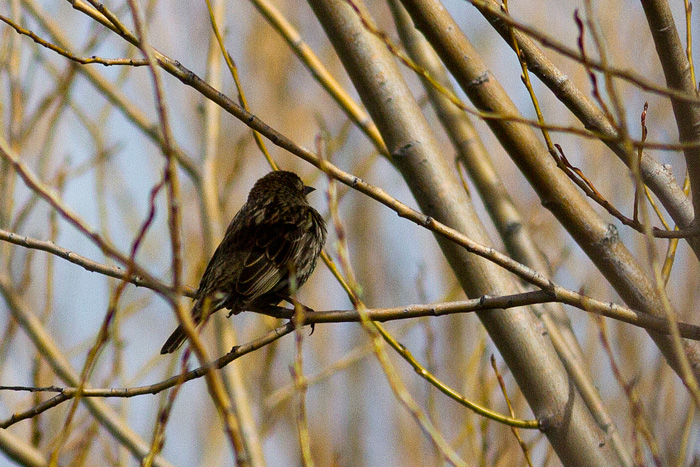
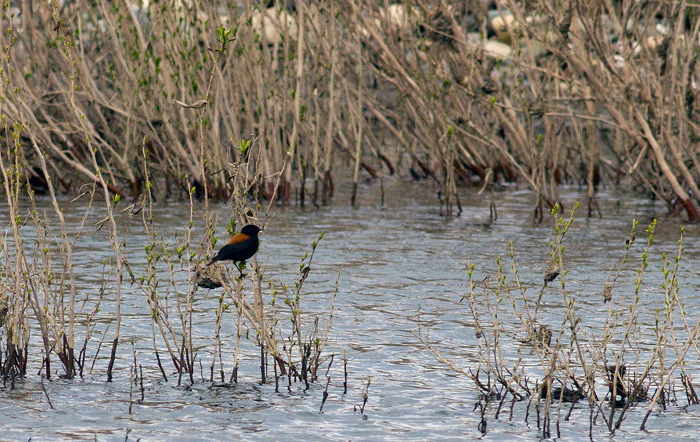
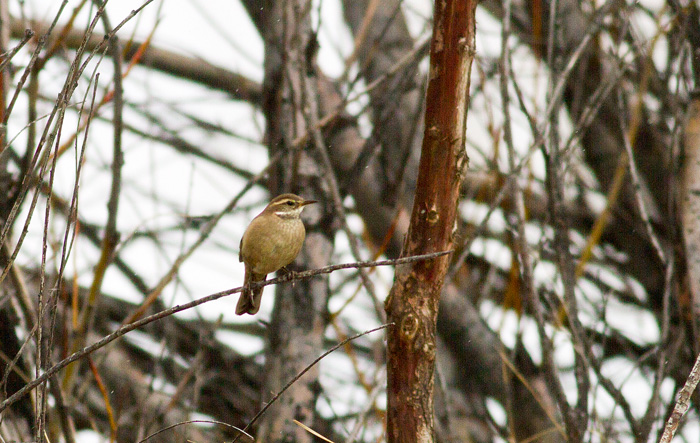
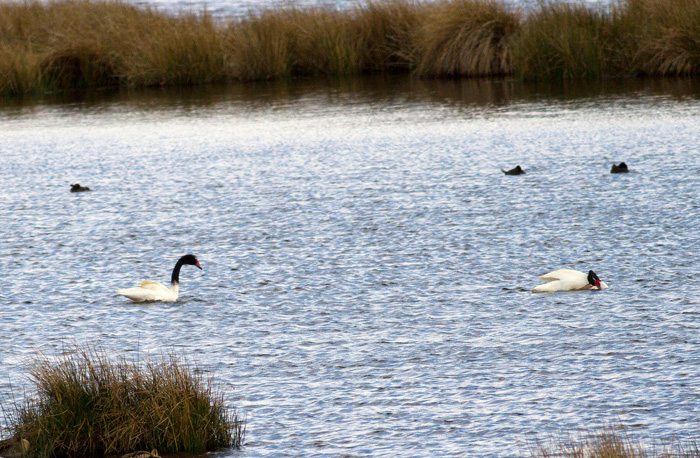
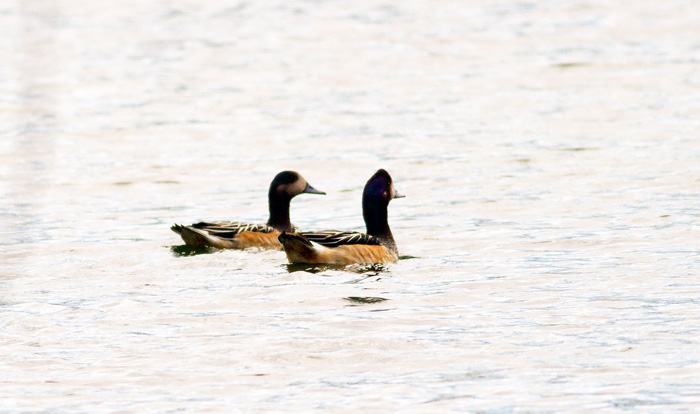
![Parked up in Ted Turner’s Colón Curá estancia [photo — Scarlett Eastman].. Parked up in Ted Turner’s Colón Curá estancia [photo — Scarlett Eastman]..](https://www.eayrs.com/blog/wp-content/uploads/2014/09/Rainy-CollonCura-0761.jpg)
